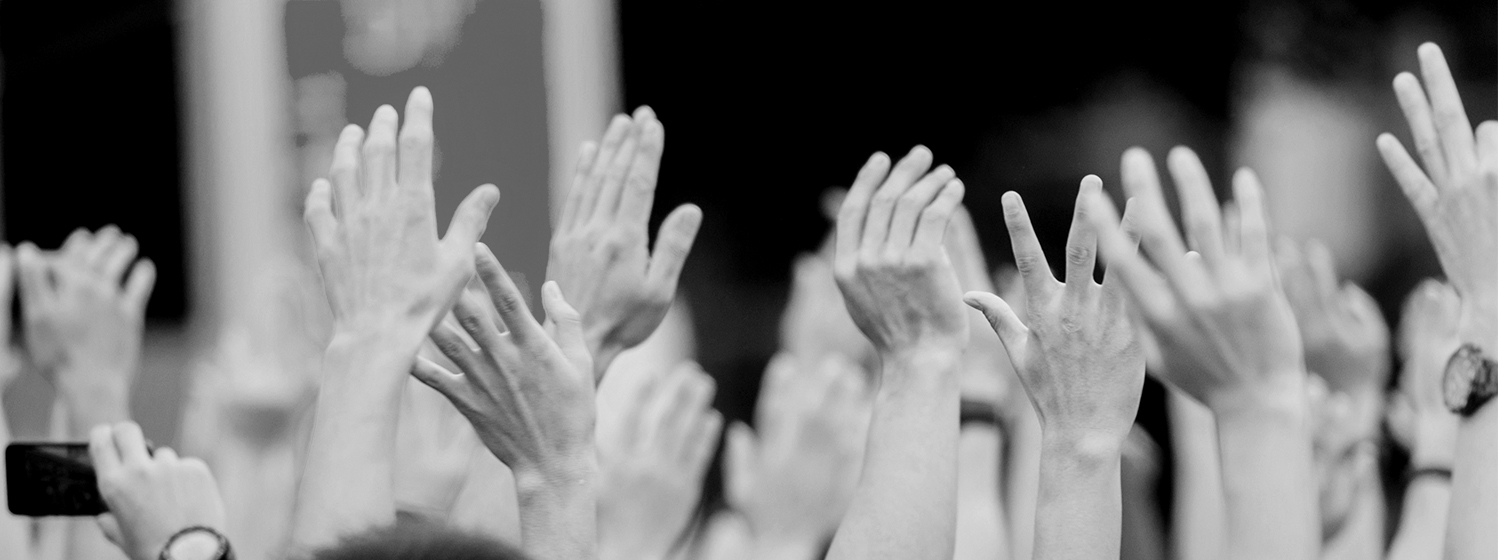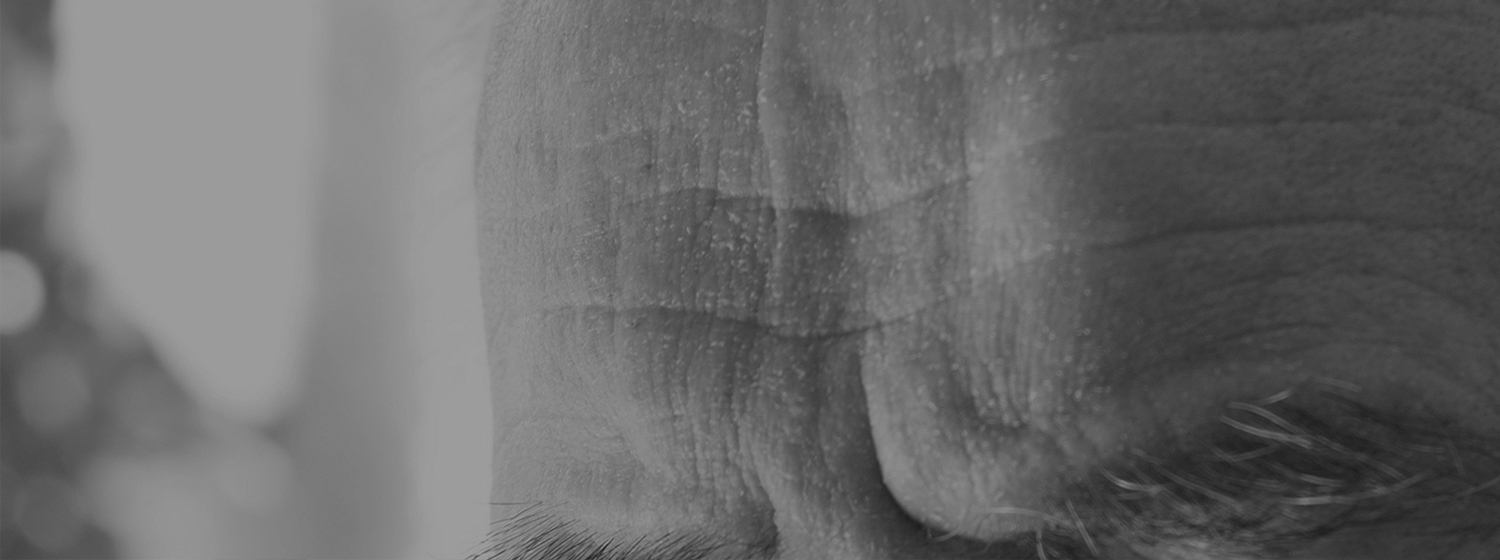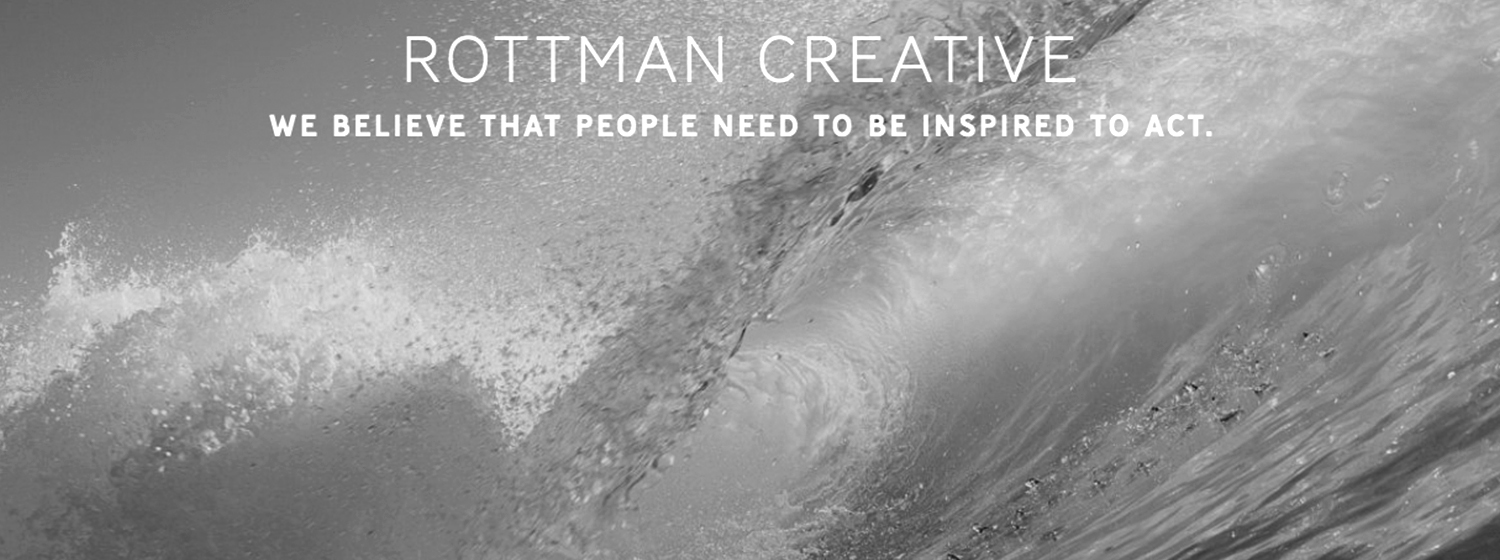Physically engage your audience to get more from your marketing.
As a limited-time holiday promotion, coffee shop chain Caribou Coffee printed the opening lines of various feel-good stories on their beverage cups. Customers were encouraged to go to the web to learn the ending of the story that began on their cup. The chain’s current promotion asks customers to submit “what you stay awake for” via numerous social media outlets. The best answers will be printed on forthcoming cups.
The McDonald’s “Signs” commercial we’ve mentioned previously is another example of interactive storytelling. Then there’s the Heinz 57 ketchup bottles with a QR code that leads to an online game of Trivial Pursuit. Families are encouraged to play while they await their food orders at restaurants.
Cross-Channel Interaction
Encouraging people to move from one channel to another can get you added mileage from your marketing promotions. On a very simple level, it causes people to linger longer with your brand. Beyond that, moving your base online from offline puts them in a place to share your stories socially.
Another important aspect of these campaigns is their interactivity. An old school direct mail technique is to have audience members move a sticker from one part of the mailer to the reply card. This simple interaction leads to a boost not only in response rate but in sales closed. It seems that people who physically interact with a brand feel more connected to it and are thus more likely to make a purchase.
While an element of interaction might seem like a gimmick, it could be just the thing your organization needs to connect with your membership. It’s easy to delete emails, toss junk mail, and forget about TV commercials. It’s harder to forget about a story that hooked us on one plane and moved us to action on another.
A Win-Win
Take the current Caribou Coffee promotion. This interactive storytelling as a marketing technique is a stroke of genius. The brand gets priceless word-of-mouth marketing and the people who provide it feel like they’ve won something. Same goes for the interactive ketchup bottle. Heinz facilitates family fun at the same time it drives traffic to their web site.
Imagine how you might create a similar win-win to engage your audience and create greater brand attachment.
Share this post in LinkedIn:
NOT ANOTHER SNOOZELETTER.
SIGN UP. BE INSPIRED.







